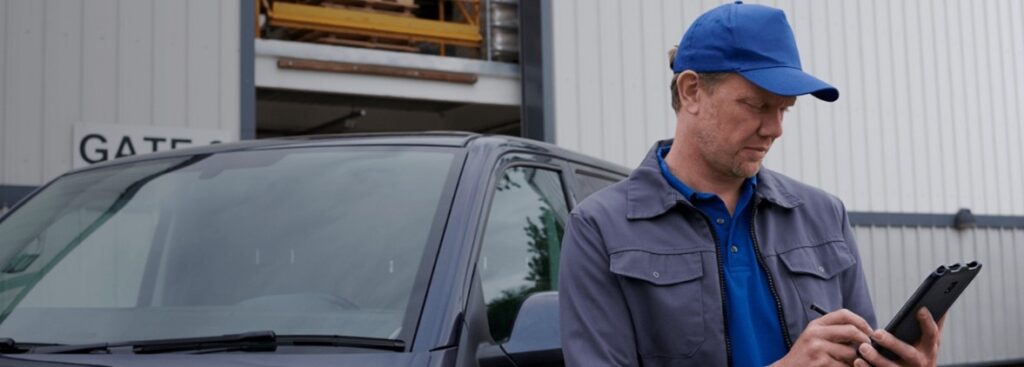Our homes are areas where we can relax and feel safe from the outside world, and they are
the places that come to mind when we think of safe and comfortable havens. The truth is
that our dwellings don’t necessarily come with a guarantee of protection. Our living areas
can be vulnerable due to a number of causes, from structural issues to possible dangers. In
this piece, we will examine the important subject of home safety and throw light on some
important issues that demand our attention.
Securing Entry Points: Doors and Windows
When assessing the safety of their living environment, homeowners must take burglaries
and break-ins into account. A crucial first step in avoiding unauthorised access is to secure
entry points like doors and windows. Your property could be an easy target for burglars if it
has weak locks, flimsy frames, and poor lighting.
For example, consider updating to more durable door and window locks to increase home
security if you live in Auckland. Install peepholes and reinforce door frames to improve visitor
vision. Motion-activated or timed outdoor lights can get rid of hiding places and deter thieves
from targeting your property. Even basic precautions like making sure all doors and windows are closed before leaving the house can greatly lower the chance of break-ins, even when
technology now offers sophisticated security solutions like smart locks and security cameras.
Plumbing Predicaments: A Closer Look at Potential Issues
Homeowners in Australia, a nation renowned for its different landscapes and distinctive
ecosystem, confront a number of difficulties in keeping a secure living space. The plumbing
system is one area that is frequently disregarded. Water is provided for daily activities by
pipes that are concealed within the walls and floors of our homes. However, if ignored, these
complex networks could also be dangerous. Plumbing problems, such as burst pipes and
water damage, can impair the structural integrity of our homes and even encourage the
growth of mould, which has a negative impact on indoor air quality and people’s health.
It’s crucial to carry out routine inspections and deal with problems as soon as they arise in
order to avoid these potential dangers. Identifying and fixing plumbing issues can be made
much easier by hiring a skilled plumber from the Gold Coast, for instance. These experts can
precisely evaluate problems and provide remedies that protect the structure of your home
and the health of your family.
Fire Hazards: Understanding and Prevention
Fire risks are a worry that crosses international borders and poses a threat to residences
everywhere. House fires have many different causes, many of which are avoidable, such as
poor wiring and unattended candles. Devastating fires can start as a result of electrical
problems like obsolete wiring or overloaded circuits. The risk is further increased by
inadequate fire safety precautions, such as broken smoke detectors or a shortage of fire
extinguishers.
There are various steps that may be taken to improve home fire safety. First and foremost,
it’s essential to check that the electrical system in your house is up to code and properly
maintained. Regular checks by qualified experts, like a qualified electrician can assist find
and fix potential problems. Additionally, placing smoke detectors in key locations and testing
them frequently might give early warnings in the event of a fire. Risks can be considerably
decreased by teaching all family members about fire safety procedures and having a well-
thought-out evacuation plan.
Safeguarding Against Accidents: Childproofing and Beyond
Home safety is more important for families with young children. By interacting with things
and places that may seem safe to adults but might be dangerous to curious explorers, they
put themselves at risk unwittingly. A crucial step in reducing these threats and giving your
kids a safe environment in which to develop and thrive is childproofing your home.
Start by locating any potential dangers in your home, such as hazardous materials, sharp
edges, and unattended large furniture. Install safety gates to keep youngsters out of areas
and fasten furniture to walls to prevent furniture from toppling over. To eliminate choking
dangers, keep small things out of the way. Cover electrical outlets to prevent unintentional
shocks. As your child grows and new hazards materialise, periodically assess and update
your childproofing methods.
In conclusion, home safety is a complex issue that requires consideration and proactive
action on the part of homeowners. You can make your residence a safe haven by taking
efforts to address possible problems, getting expert help when necessary, and adopting
preventive measures.
Contact Phillip Quay
027 458 7724
facebook.com/nzbusinessconnect











